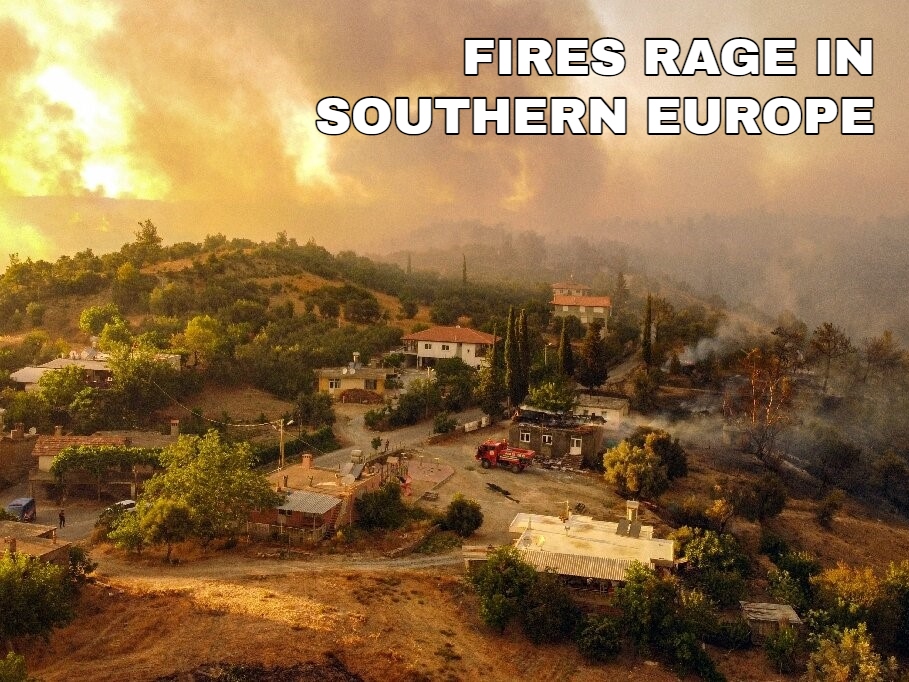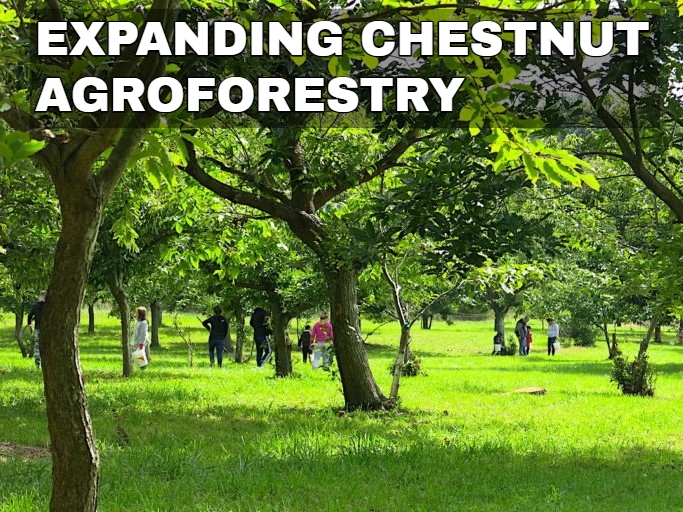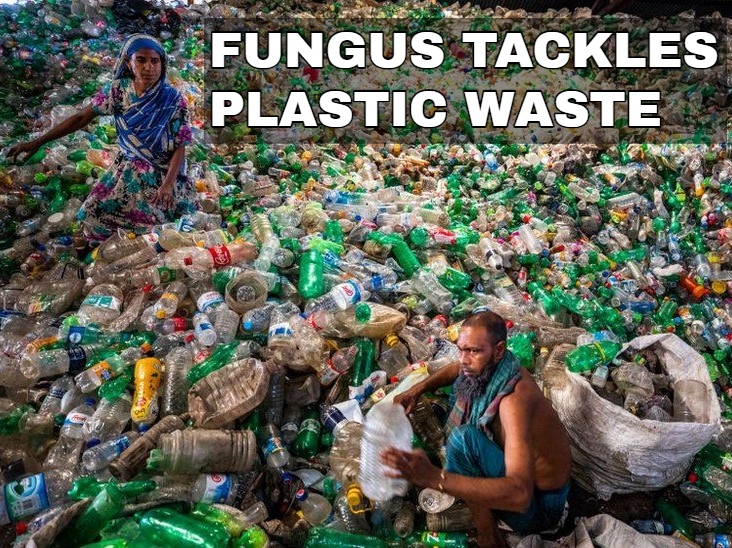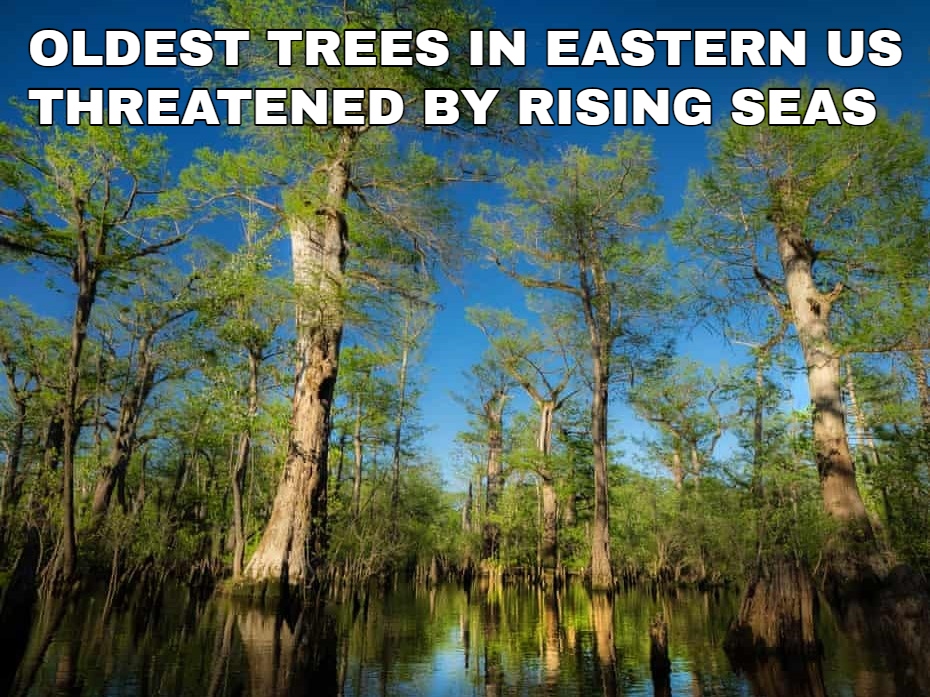📰 EwA News Digest: Plastic Eating Fungi, Navigation Using the Stars, and Wildfire Impacts on Water
kldanziger
Hi everyone! Kate here with my last news digest of the summer. I hope everyone is having a great summer so far!
To start with some good news, a study at Biohm manufacturing firm is taking a look at fungi that eat plastic as a potential solution to single-use plastic waste. Originally, researchers set out to use the fungus for bio-based insulation panels, however, when the fungus digested the plastic sponge meant to keep it in its container, the new project was born. While it’s still in the early stages as scientists work to find ways to make the process more efficient and economically feasible, this method of decreasing plastic waste shows great potential. Learn more about the groundbreaking study at BBC News.
In other news, we have a lot to learn about how animals and insects navigate the stars and how they may be affected by light pollution. For example, researchers from Lund University in Sweden found that nocturnal dung beetles roll balls of dung in extremely straight paths due to guidance from a 100,000 light-years-long section of the milky way. Also, German researchers found that harbor seals rely on the stars in their travels across the open sea. Overall, many species stand to see devastating impacts as their constant landmarks fade due to light pollution. Discover more about the importance of starlight at the NY Times.
You have probably already heard the recent news about the fires in the western U.S., but there are also huge fires in Europe. Fires raged in Greece, Italy, and Spain, while Turkey saw the worst fires it's had in the past decade with nearly 95,000 hectares (235,000 acres) burnt so far this year. Learn more about this frightening news at Phys.org.

So how do all of these fires impact our water supply? According to CU Boulder professor Rosario-Ortiz, “when you have open flames, a lot of gaseous reactions and solid-phase reactions, it results in the transformation of chemicals and alterations to the soil, and we observe the effects once we look at the water quality.” These reactions can cause subsequent algae blooms and impact water treatment production and the formation of disinfection byproducts. Find out more about the negative impacts of fire here.
While water is threatened by fire, water simultaneously threatens many species itself, including the oldest tree in the US--the eastern bald cypress in North Carolina’s wetlands. This tree has been alive since 609 BCE, but since it is located only two meters above sea level, eastern bald cypress trees are in danger of being submerged as soon as 2080. Read more about the threat to these ancient organisms at the Guardian.
Finally, to end on a high note, chestnut trees are being bred back with resistance and planted in farms via agroforestry after being nearly wiped out by a blight in the early 1900s. With this recent agroforestry, a new report by the Savanna Institution written by experts in agroforestry offers a roadmap for farmers and marketers that want to join the expanding market of chestnut trees. Learn more at Mongabay.

That’s all I have for my news digest this August. Be sure to keep a lookout for Olivia’s news digest later this month!
Best,
Kate




